Exhibition
outrageously rebellious
Sanja Iveković Ulrike Rosenbach Gabriele Stötzer
14.04.2024 -
30.06.2024
Sanja Iveković (born 1949 in Zagreb), Ulrike Rosenbach (born 1943 in Bad Salzdetfurth) and Gabriele Stötzer (born 1953 in Emleben) have taken radical artistic positions since the 1970s. Independently of each other, in the very different political contexts of their countries of origin, they developed a visual language that criticized common gender roles and the associated cultural norms.
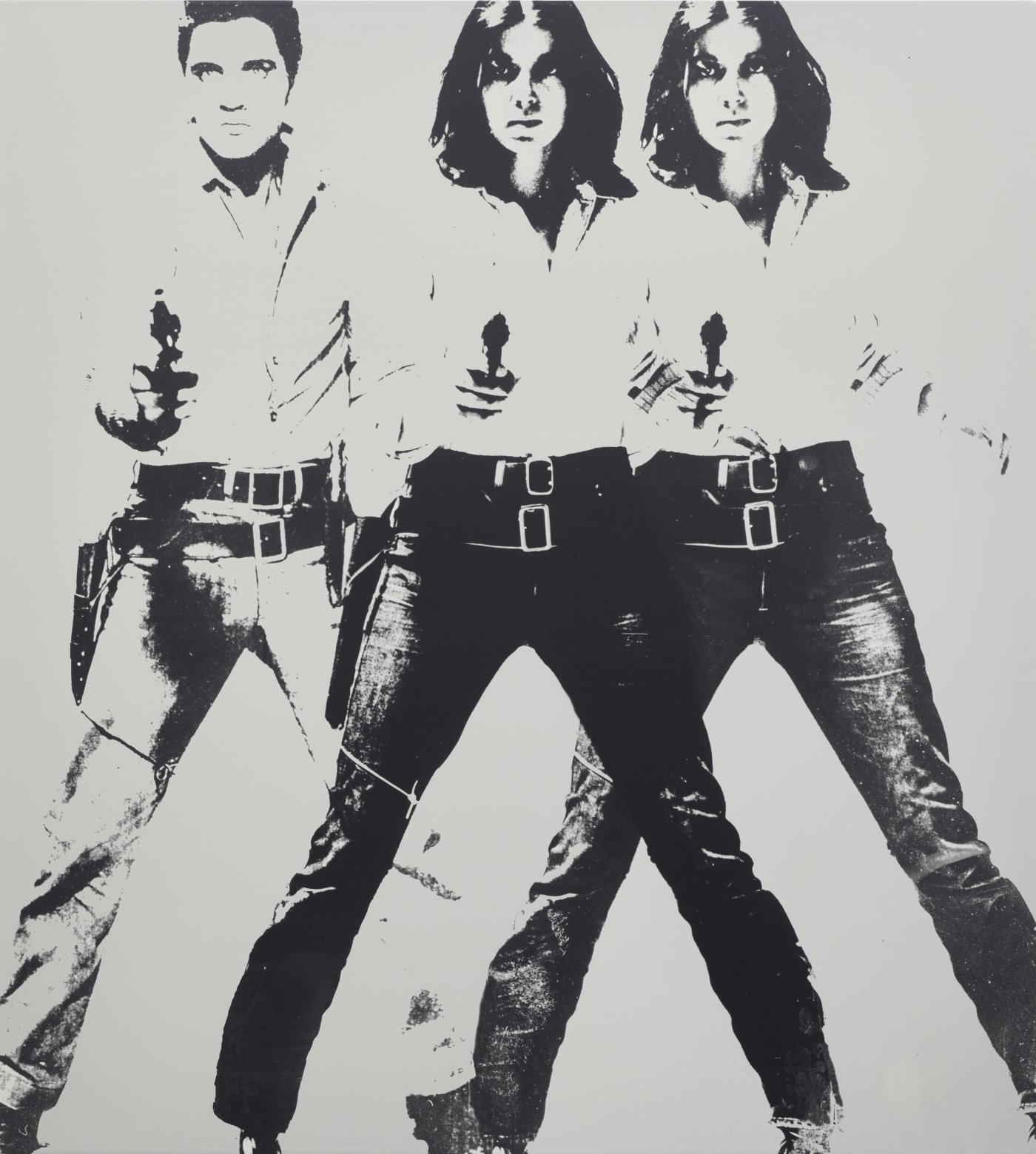
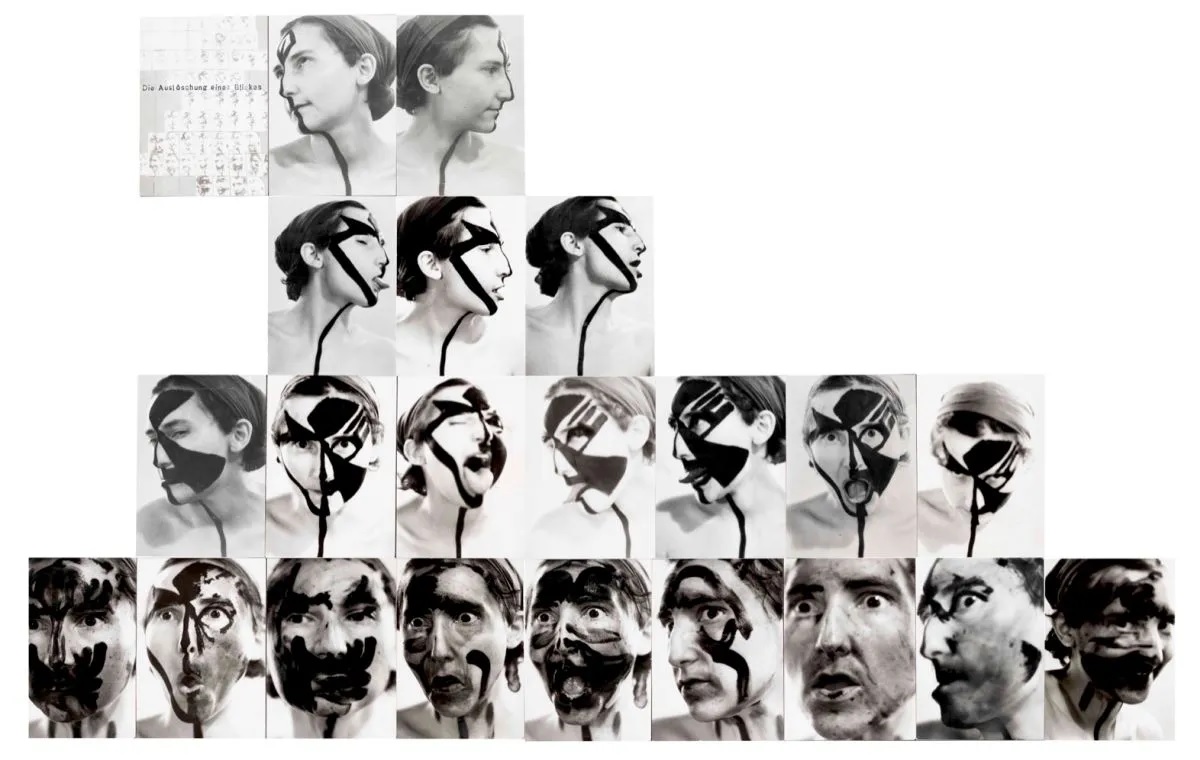
The focus of their work is always the woman: for Rosenbach and Stötzer, the female body functions as a means of expression. They use it as a canvas or to break out of their boundaries through movement. Through her works, Iveković condemns the objectification of women's bodies and the associated projection surface for gender attributions.
The artists use a wide variety of media such as performance, photography, textiles, writing, painting and film to denounce gender assignments and counteract common images with their owns: sometimes loudly in large-scale actions, sometimes quietly in intimate moments, but always with a clear message.
Based on their own biographies, they create works in which they address the relationship between history and the present against the background of their female identity. To do this, they sometimes resort to rigorous artistic methods and demonstrate new possibilities of expression that have become groundbreaking for many areas of contemporary political art.
The exhibition presents photographs, video works, performances and installations from the beginning of the work of Ulrike Rosenbach, Gabriele Stötzer and Sanja Iveković as well as more recent works.
Sanja Iveković (born 1949 in Zagreb) combines artistic practice with social activism. She is considered one of Croatia's first feminist artists. In her early works, which emerged in the context of the Yugoslavian “New Art Practice” movement, she examined the relationship between mass media and ideology. Later projects explore the transformation of the Balkan countries from socialist to nationalist political systems. Iveković's works criticize the position of women in society and the portrayal of women in the media. She notes the relapse into a patriarchal system and deals with violence against women - a topic that has become increasingly visible in recent years.
Iveković often uses dazzling advertising images that show models and juxtaposes them with a social reality in the form of text, such as women affected by domestic violence.
Ulrike Rosenbach (born 1943 in Salzdetfurth near Hildesheim) is considered a pioneer of video art. She studied at the Düsseldorf Art Academy with Joseph Beuys and discovered the then new medium of video early on. In her processual and cross-media way of working, videos are created from performances and videos are turned into installations. This way, the artist creates entire work cycles.
In 1969, Rosenbach came into contact with American feminism and became part of this movement himself. Her themes are female identity and the role as a female artist, wife and mother. Ulrike Rosenbach's work puts her finger in the wound of patriarchal role clichés and counteracts them with other images of femininity.
Gabriele Stötzer (born 1953 in Emleben near Gotha) addresses the (female) individual in her works, which she places in opposition to a totalitarian society. After a year in prison for “state defamation” in the Hoheneck women’s prison in de GDR, she turned from writing to photography and film.
Among other things, she created numerous photographs, all of which are based on the naked female body, which she explores in performances and productions with other (non-)artists. With her work she rebels against the socialist, petty bourgeois and dogmatic taboos of her time. Only in art does she find the freedom for her commitment against incapacitation and regulation.
In the early 1980s, Gabriele Stötzer was a co-founder of an Erfurt group of artists and, in 1989, the citizens' initiative “Women for Change”. In the same year, she was a co-initiator of the occupation of the Stasi district administration in Erfurt.
Supported by:
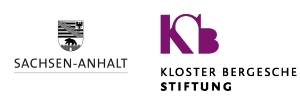
Exhibition
Sven Johne
Das sowjetische Hauptquartier
08.03.2024 -
26.05.2024
Das sowjetische Hauptquartier (The Soviet Headquarters), 2023, takes place on the now vacant site of the former officers' house in Wünsdorf, Brandenburg. The palatial estate, build in the early twentieth century in a neo-baroque style, served as the cultural headquarters of the Soviet troops stationed in East Germany until 1994.
This headquarters is the scene of a conversation between the doomed real estate agent Becker and the supposed interested buyer Katharina Baronn.
As the film progresses, the film’s focus shifts and Baronn's inner monologue comes to the fore: As an 8-year-old child, she experienced the withdrawal of Soviet troops. Since then, a sentimental Soviet Union has haunted their memories as a supposed alternative to real capitalism. In
In Das sowjetische Hauptquartier, childish, idealized memories of the East collide with the horrors of real-world capitalism.
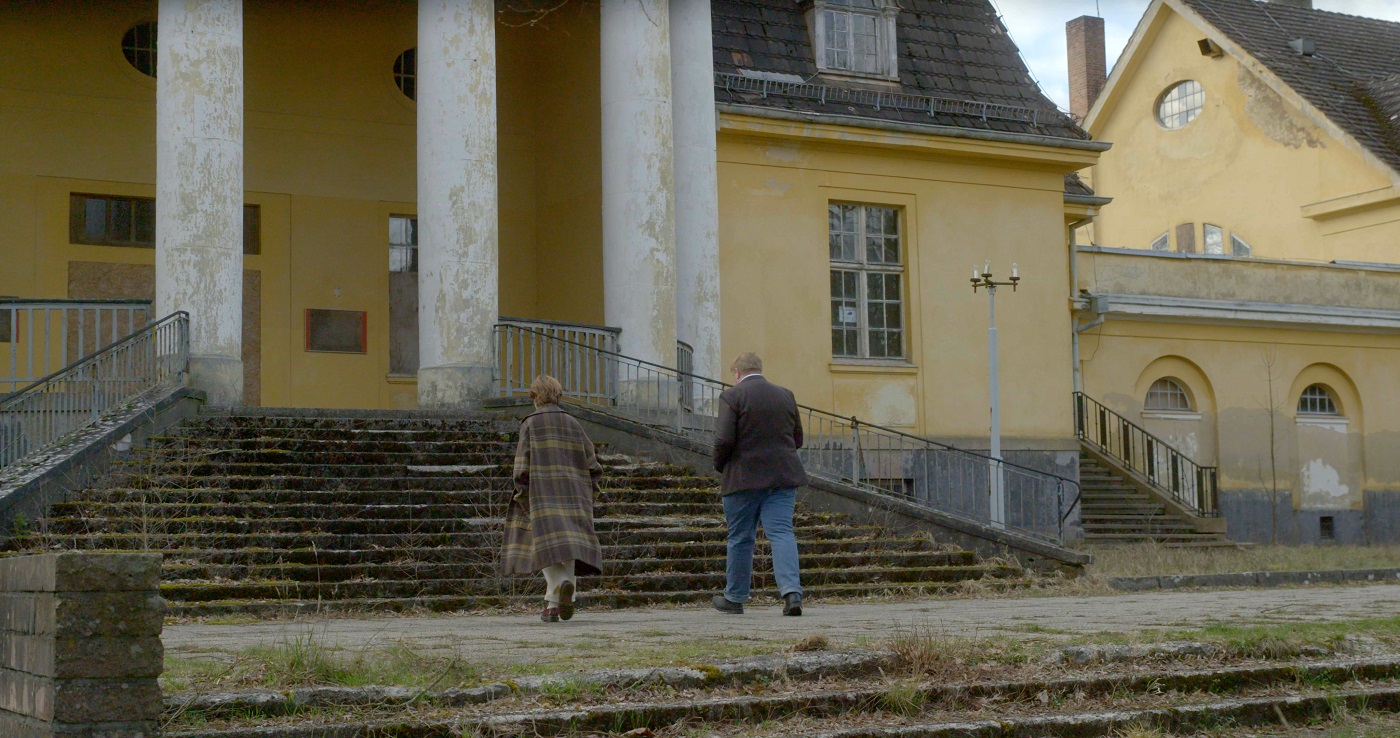
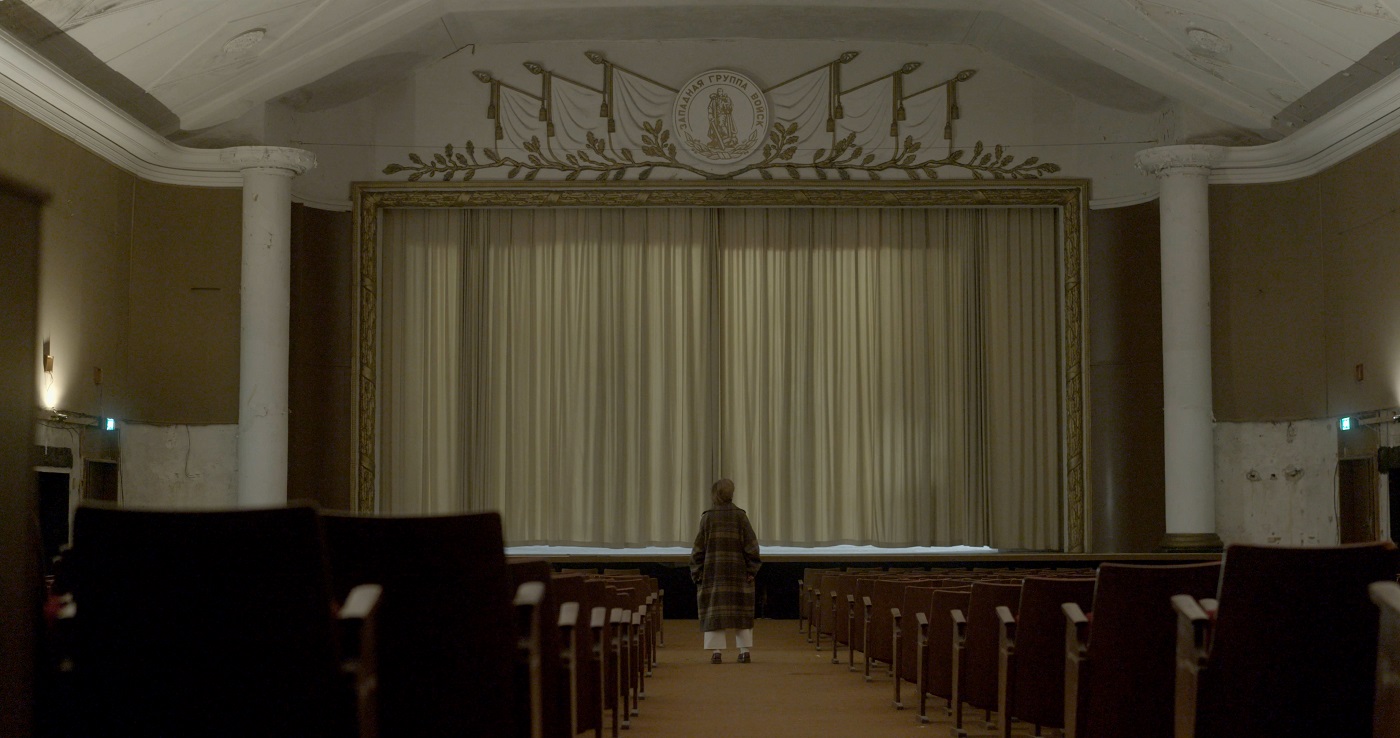
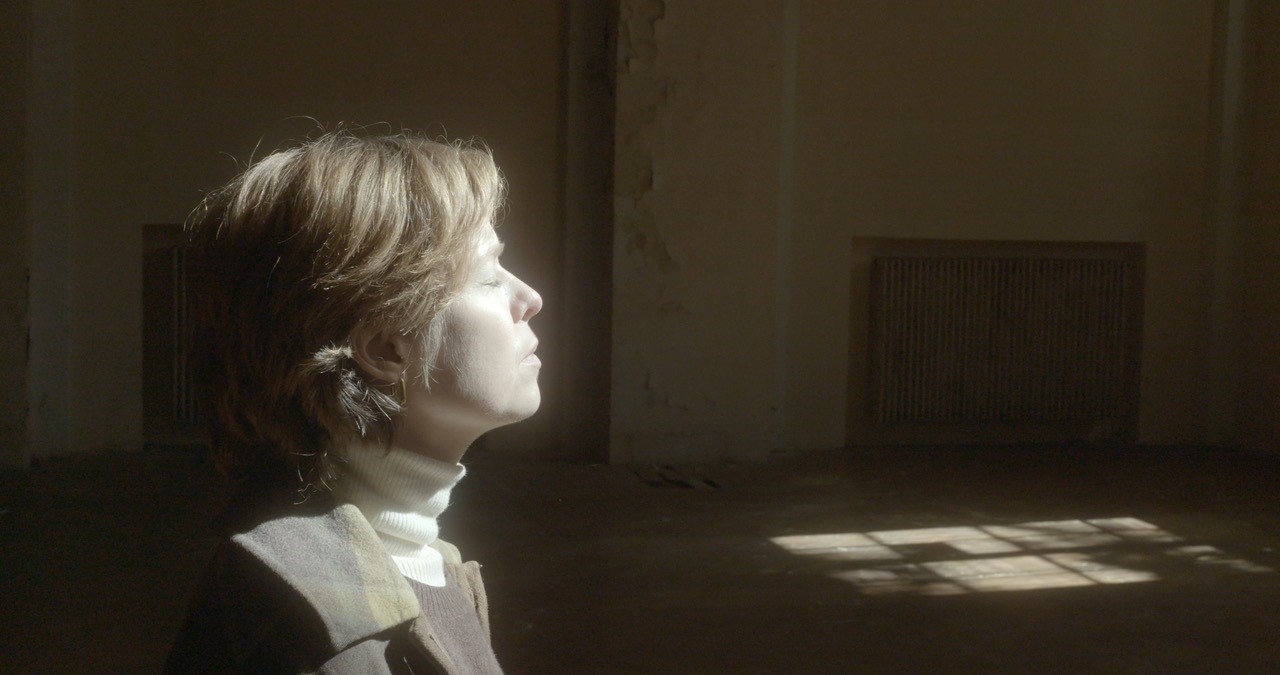
Exhibition
Ulrich Wüst
Photographic stops
26.11.2023 -
01.04.2024
After initially working as a city planner in Berlin, Ulrich Wüst (*1949) was drawn to photography at the end of the 1970s. For him it becomes a means of subjective understanding about life in the former GDR. In photography he finds concentration and expression in order to bind his observations into the thoughts and emotions that trigger them.
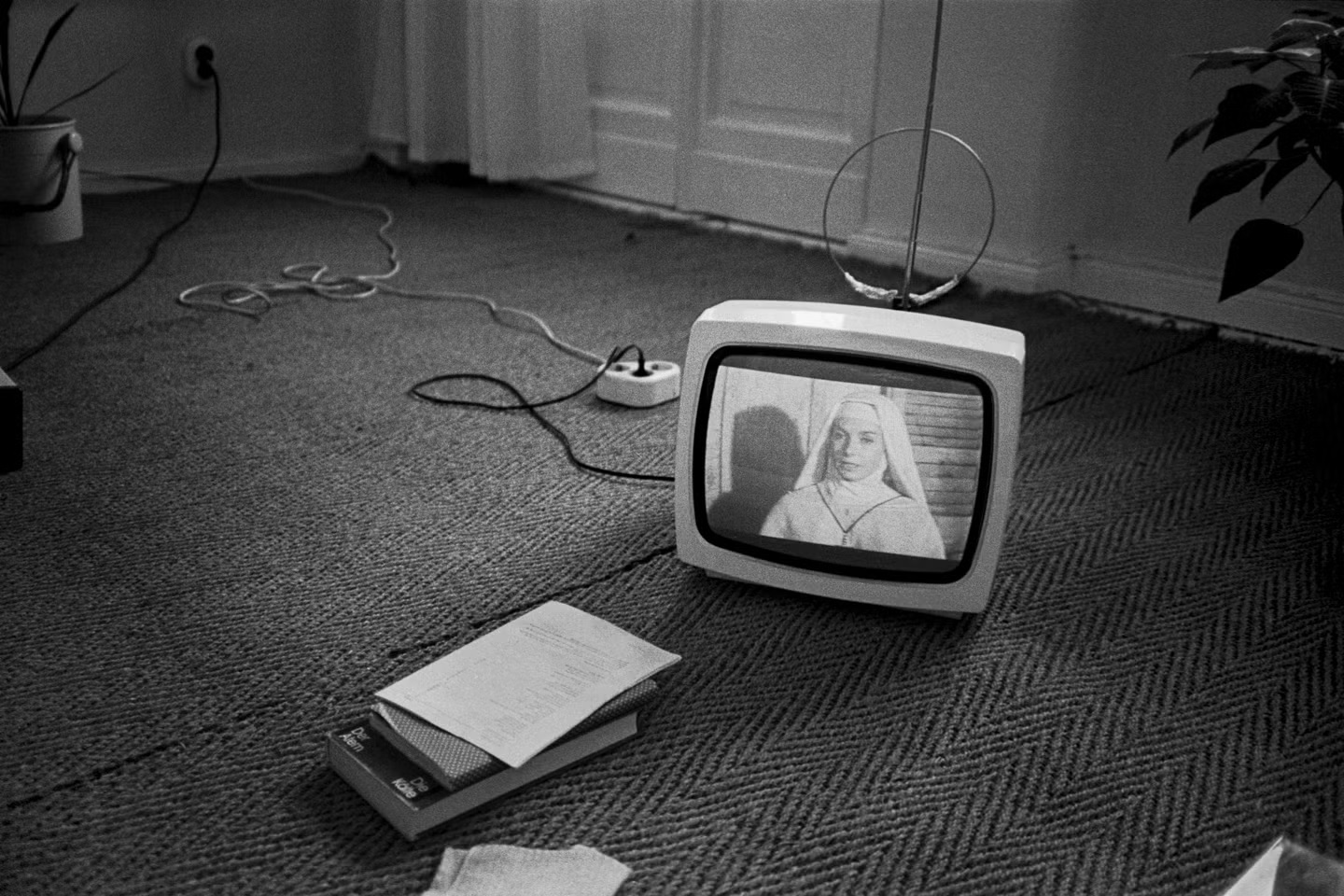
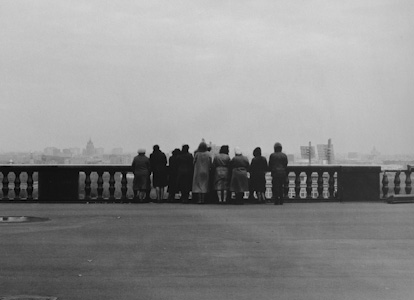
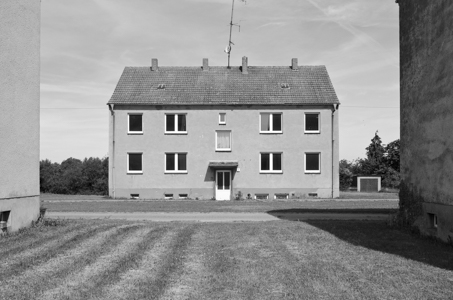
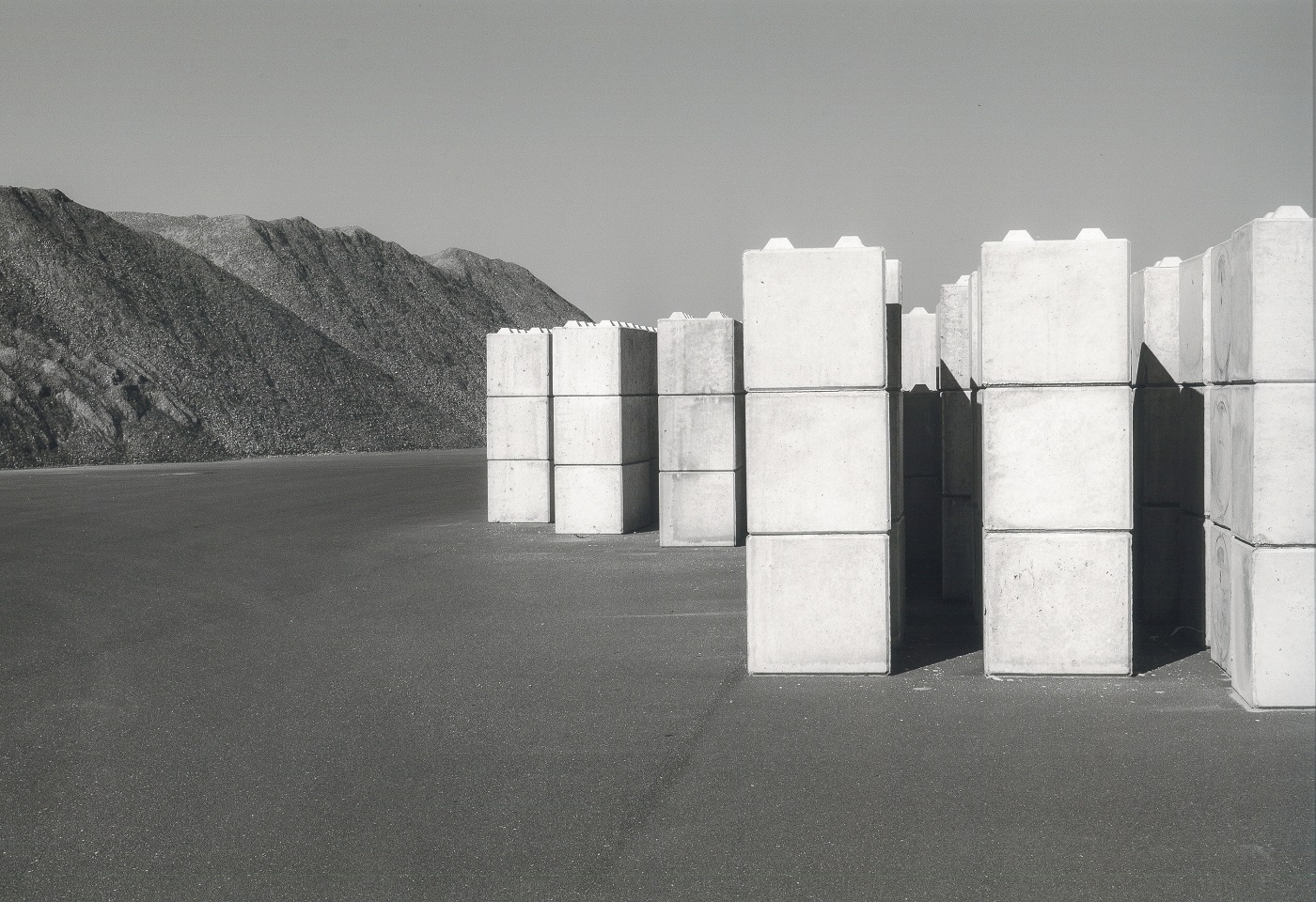
Here he manages to precisely capture what everyday life drowns out. What is striking is the silence that surrounds all of his motifs, like the deserted streets in Magdeburg or Berlin. His motifs often appear as if they have been removed from the passage of time, destined to survive as photographs. The photographer's special sensitivity to contemporary historical processes and the changes that accompany them are expressed.
Born in Magdeburg, he developed a completely independent scenic view at an early age. Initially focused on personal documentation, he soon created a large number of his typical black-and-white photographs of streets and buildings with a generalized view of the city, its beauty and transience, its deformations and impositions.
Over the years, Ulrich Wüst also turns to the inventory that people hang on to, consisting of found objects or everyday images that he happens to come across. He is interested in interpreting the traces and signs of the past from today's perspective. Ulrich Wüst is obviously interested in concentrating the means of photography in the expression of these series, which leads to surprising narratives that oscillate somewhere between still life and abstract painting. From the 1990s onwards, a less well-known experimental tendency can be seen in Ulrich Wüst's work, which extends into the current picture themes.
With the selected series of images, the exhibition draws a wide arc through the extensive photographic work of Ulrich Wüst, winner of the 2021 Art Prize of the State of Saxony-Anhalt.
Supported by:

Exhibition
Ursula Wevers
The Elbe in front of the North Sea
15.10.2023 -
03.03.2024
The course of the river, rain, ship movements and the occasional flight of seagulls, nothing of what you can see in this video remains, everything connects in a kind of floating state in which the visible elements hardly want to separate.
Ursula Wevers has put herself in the course of things with the camera. The normal ability of a film camera to record the passage of time meets the unpredictability of the scenery overflowing with water, but although so totally determined by the cold, wet weather, the situation seems strangely soothed. Is it because of the unalterable weather or is it the attentive patience of the camera, which is not impressed by it, that makes us co-observers of the natural spectacle of the Elbe estuary?
Intuition and experience speak from the documentary means of the video work, which, apart from a few cuts, takes place in real time. Ursula Wevers says that this work simply resulted from the situation. But doing without a tripod or accepting the car window turn out to be important decisions in order to later shift the events into the eyes of the viewer and to make rain and cold tangible. They reinforce the atmospheric ambivalence between sadness and devotion, which is communicated involuntarily and which contrasts all the interchangeable gray in front of the camera with the natural symbolism of this place.
“The Elbe in front of the North Sea” can be traced back to the year 1969, when Gerry Schum and Ursula Wevers helped a new art approach to breakthrough with the first film project of the “Fernsehrgalerie” under the term Land Art. “The Elbe in front of the North Sea” shows exactly what the artist's camera was able to record at this location in just under half an hour. It hardly seems possible to get closer to nature using cinematic means.
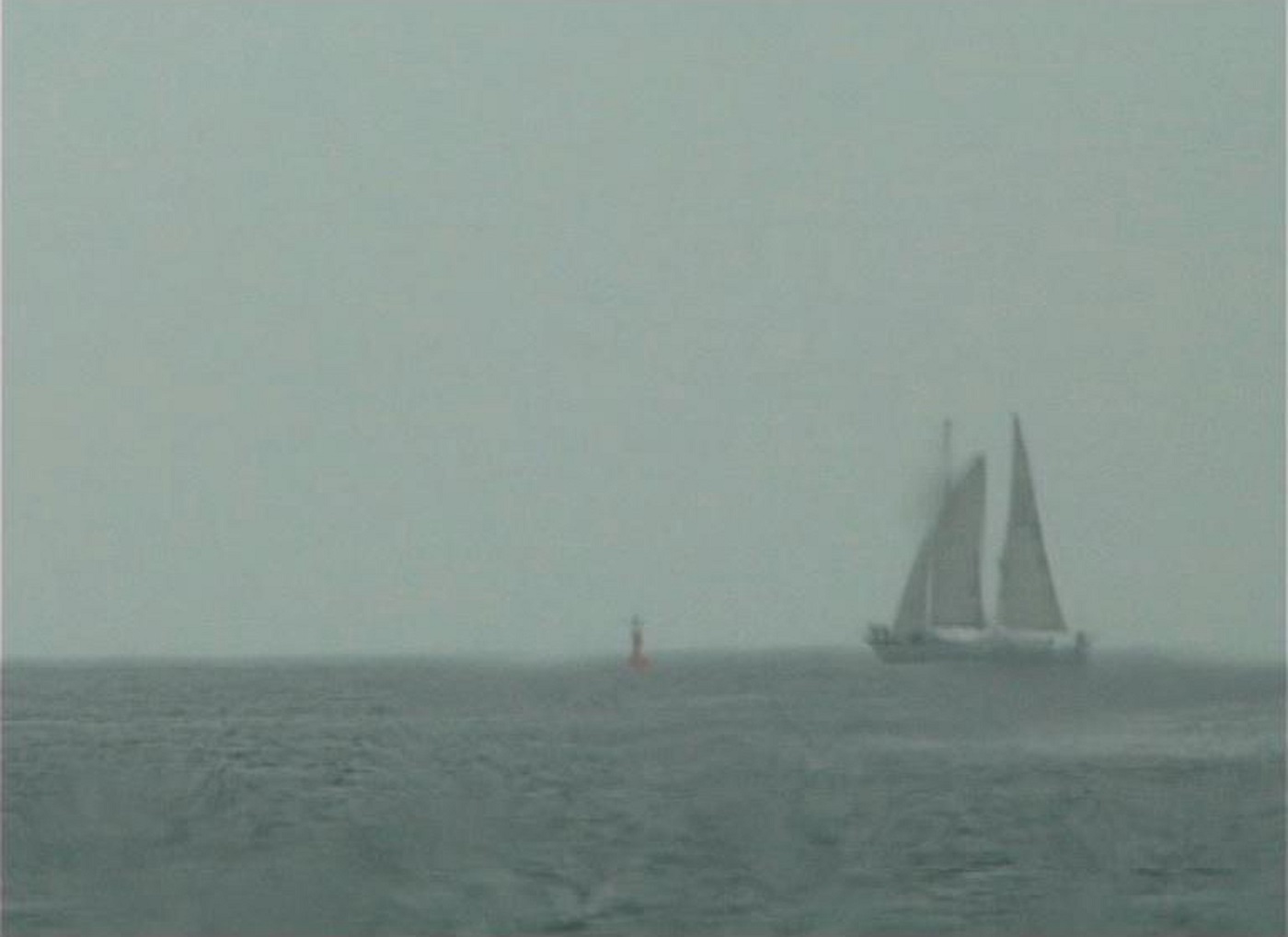 Ursula Wevers, Die Elbe vor der Nordsee (Still), 2001
Ursula Wevers, Die Elbe vor der Nordsee (Still), 2001
Exhibition
Koen van den Broek
Of(f) Road
15.10.2023 -
04.02.2024
House facades, street canyons, vehicles and pavements. Since the early 2000s, the Belgian artist Koen van den Broek has made the urban present the subject of his paintings. With ease, he moves along the borders of abstraction and depiction of reality.
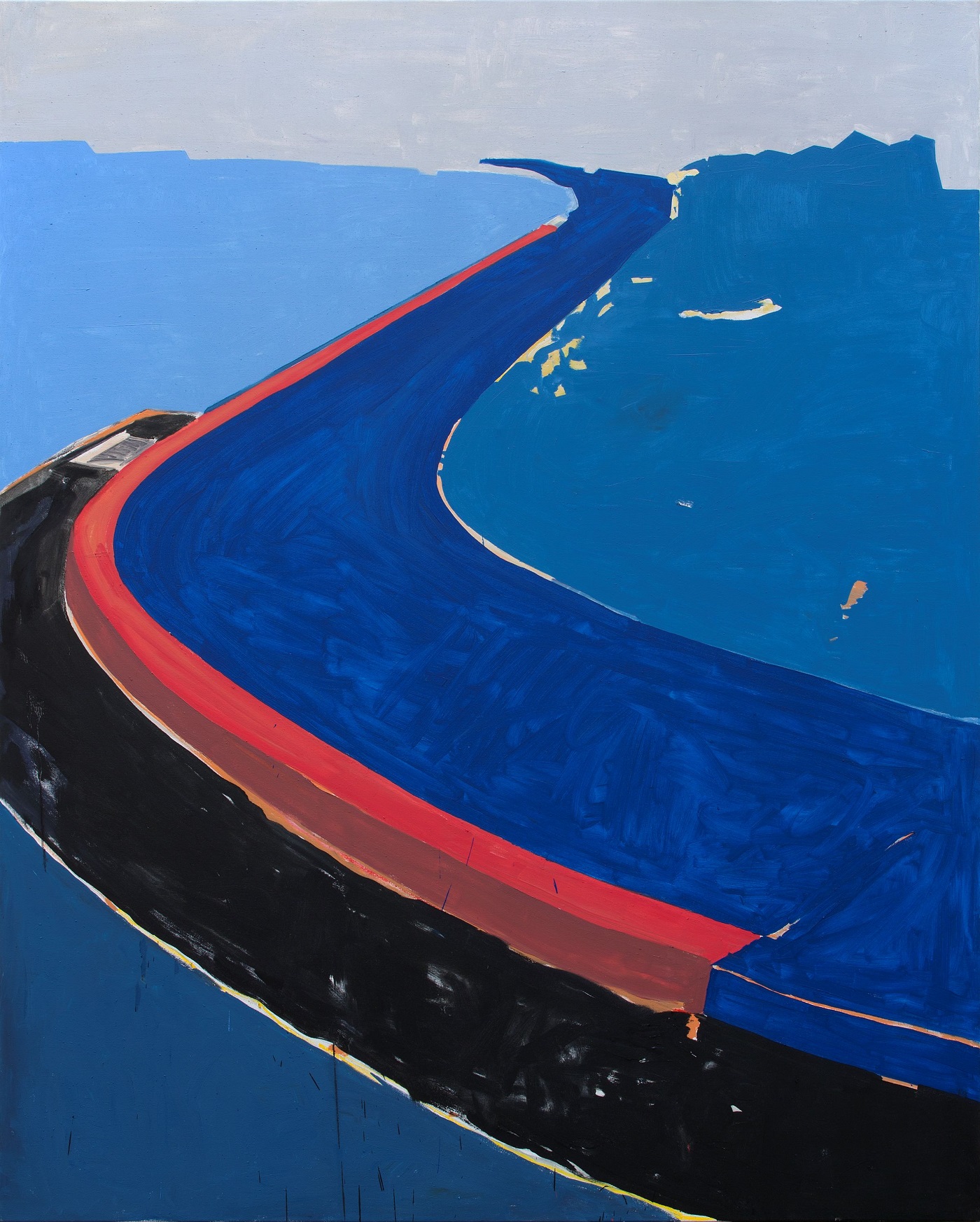
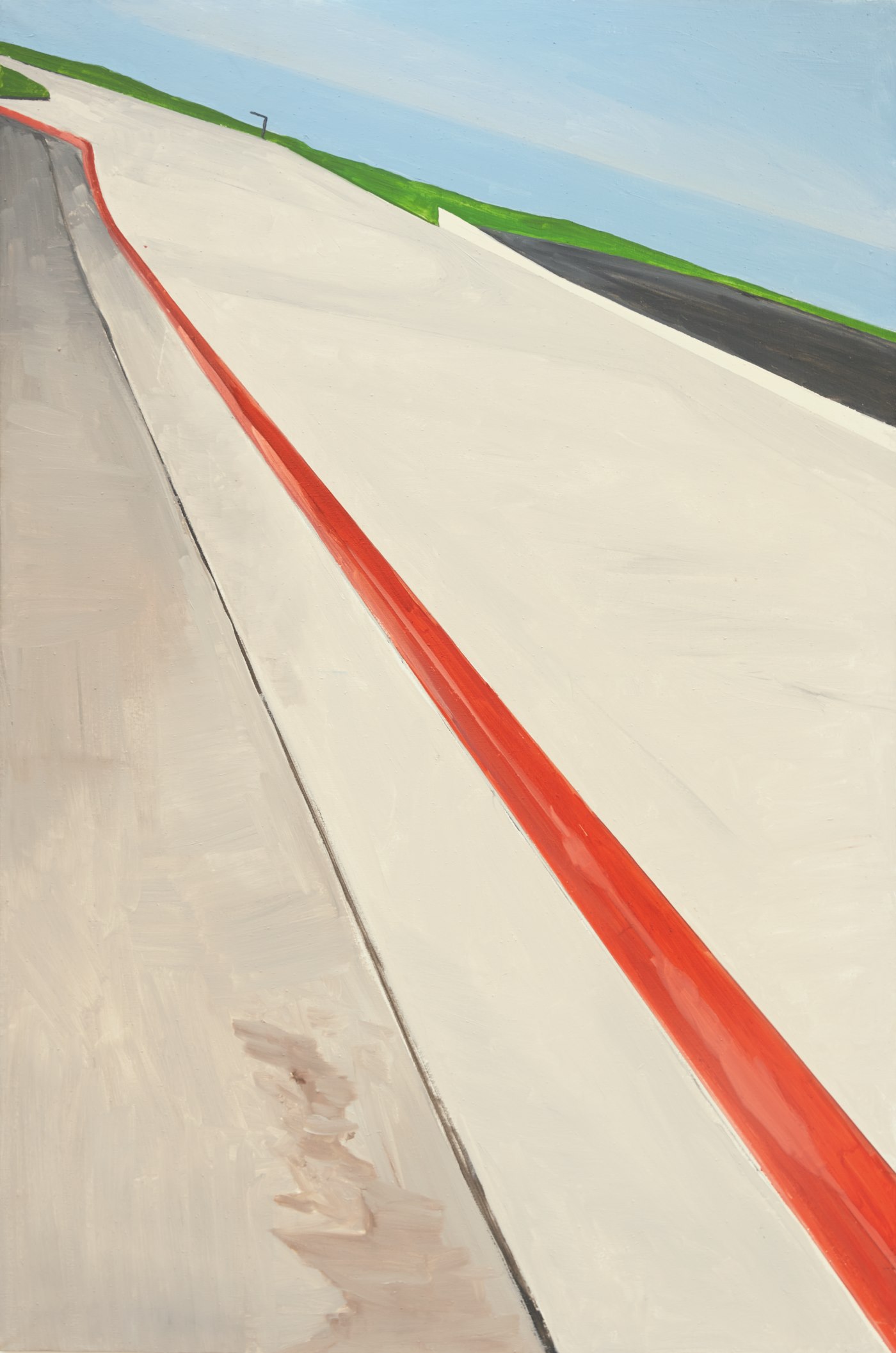
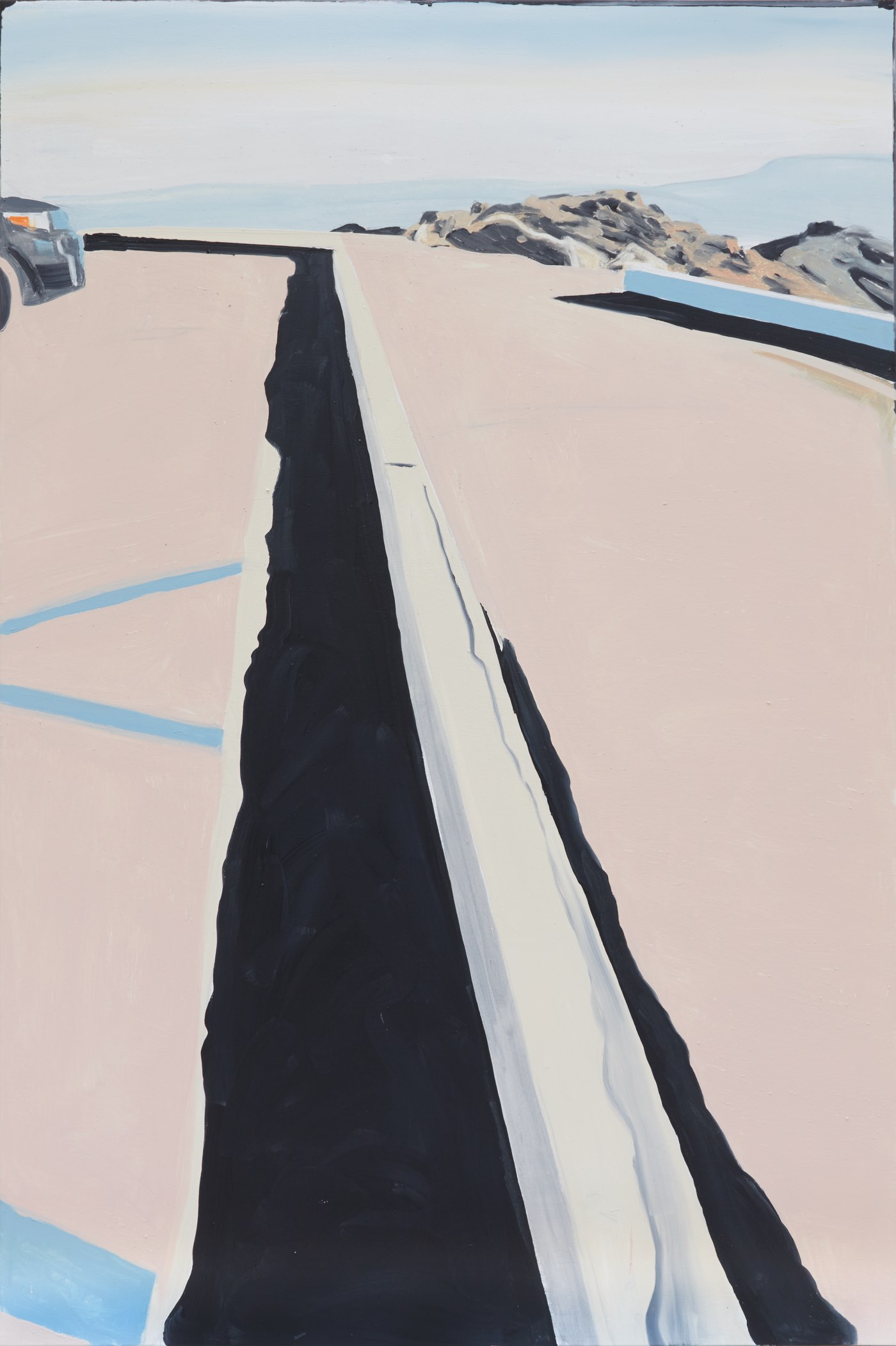
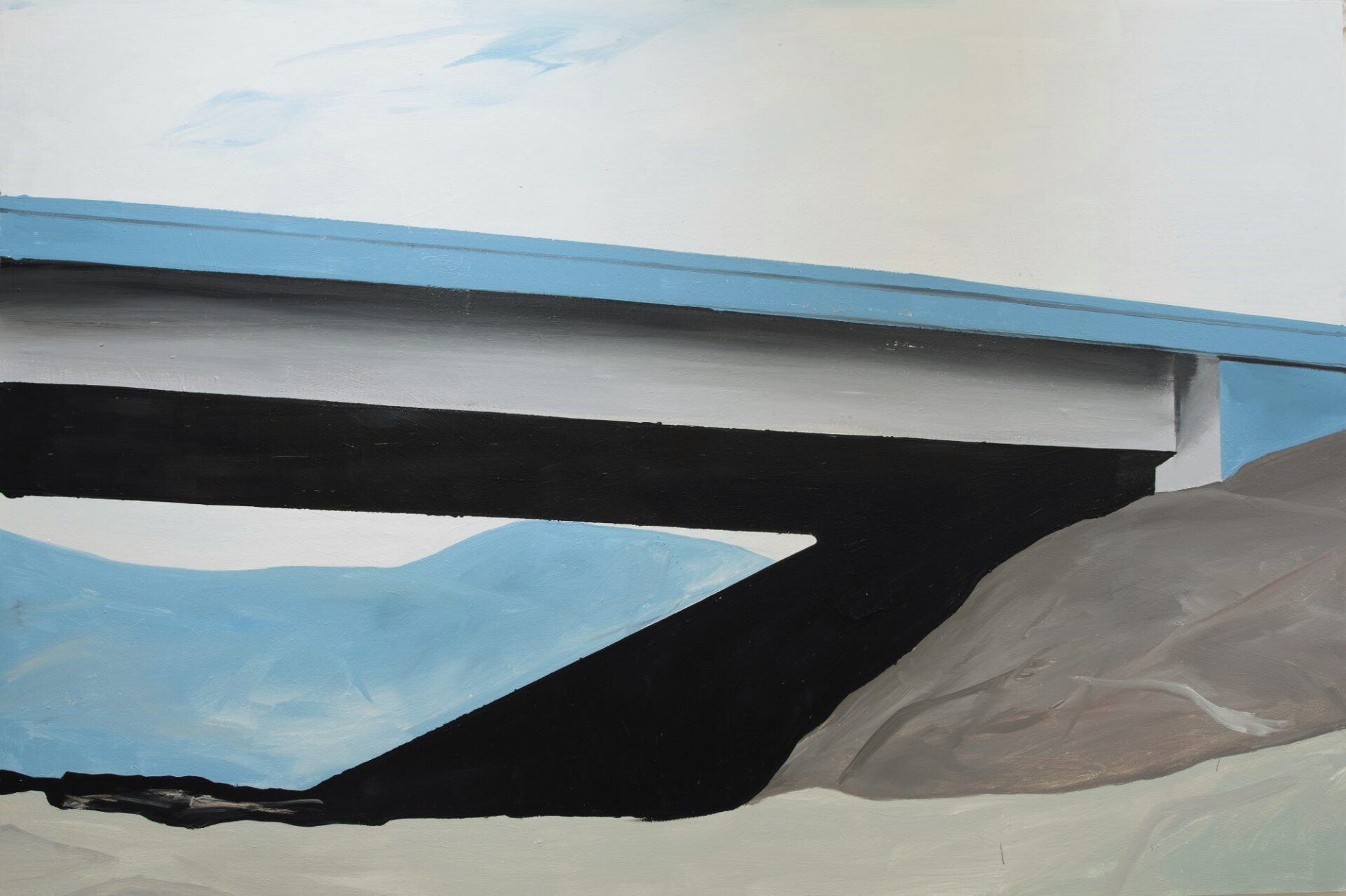
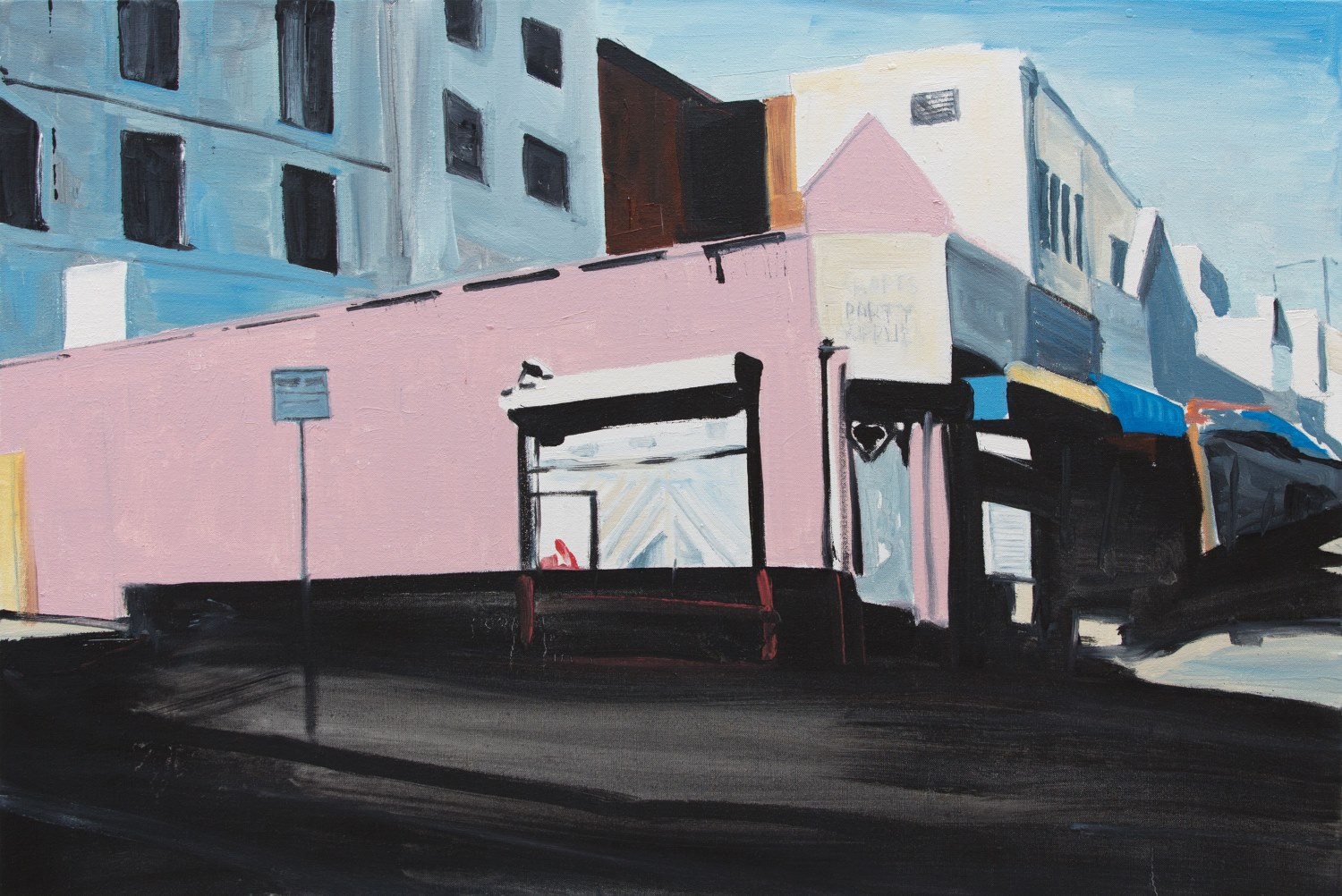
His works show very unique excerpts from initially inconspicuous, deserted places: the addition of a few details turns abstract surfaces into magnificent streets; kerbstones and shadows become compositional pictorial means and generous monochrome use of colour direct the gaze of the viewers. Despite the absence of people, their presence can be felt in the works: circus tents, motorways, bridges, sewers, pipes, fragments of houses or cars. As if of their own accord, his paintings zoom in on these motifs, arrange and compose colours, light and shadows and lead the painter again and again to abstraction. Playfulness, diversity and duality - rigid demarcation versus wild brushstrokes, depth versus surface - are characteristic of his paintings.
The exhibition in the Kunstmuseum Magdeburg shows a cross-section of Koen van den Broek's paintings from 1998 to the present. For the first time, the painter's oeuvre can be seen in its entirety in a German art museum.
Koen van den Broek (*1973 in Bree, Belgium) first studied architecture and then painting at the Royal Academy of Antwerp and at the Academy of Fine Arts in Breda. His works are presented in solo and group exhibitions in Europe, North America and Asia and can be found in collections of among others the Astrup Fearnley Museet (Oslo), Los Angeles County Museum of Art, San Francisco Museum of Modern Art, SMAK (Gent) and Museum of Contemporary Art Antwerp.
Supported by:

Catalogue:
Koen van den Broek. Of(f) Road
Edited by Annegret Laabs
Text germ./engl.: Annegret Laabs, Beate Reifenscheid
Translation: Brian Currid
132 p., numerous illustrations, softcover
VfmK Verlag für moderne Kunst GmbH, Wien
ISBN 978-3-99153-076-3
Price: 34.00 Euro
during the exhibtion only: 24.00 Euro
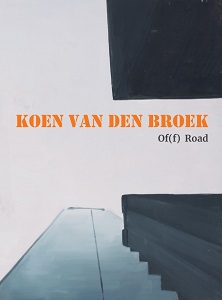
Exhibition
John Smith
Worst Case Scenario
01.12.2023 -
04.02.2024
A window overlooking pedestrian and vehicular traffic on a street corner. “Worst Case Scenario” consists of a collection of still images that show daily life on a Viennese street corner and only begin to move carefully as the scene progresses.
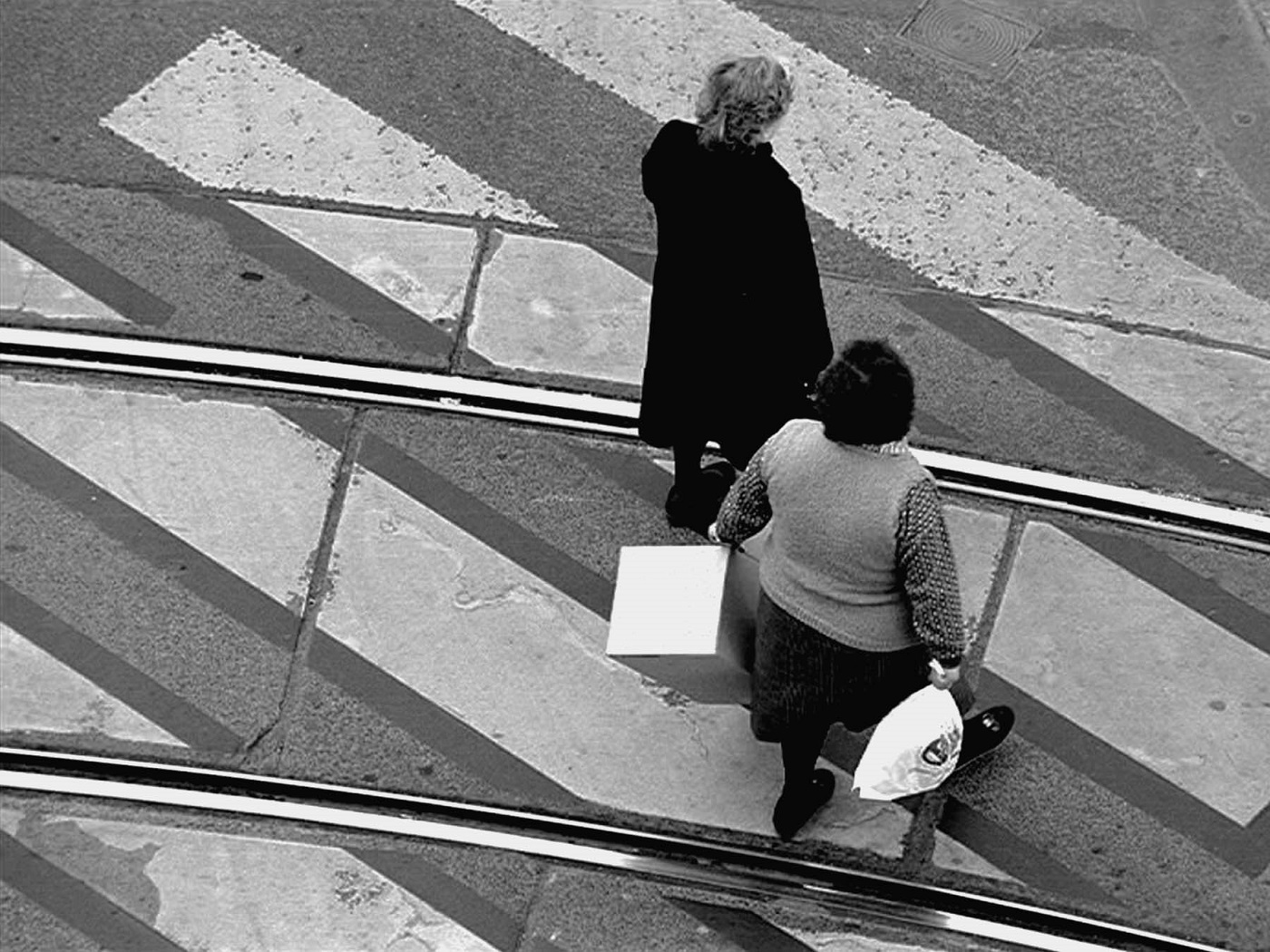
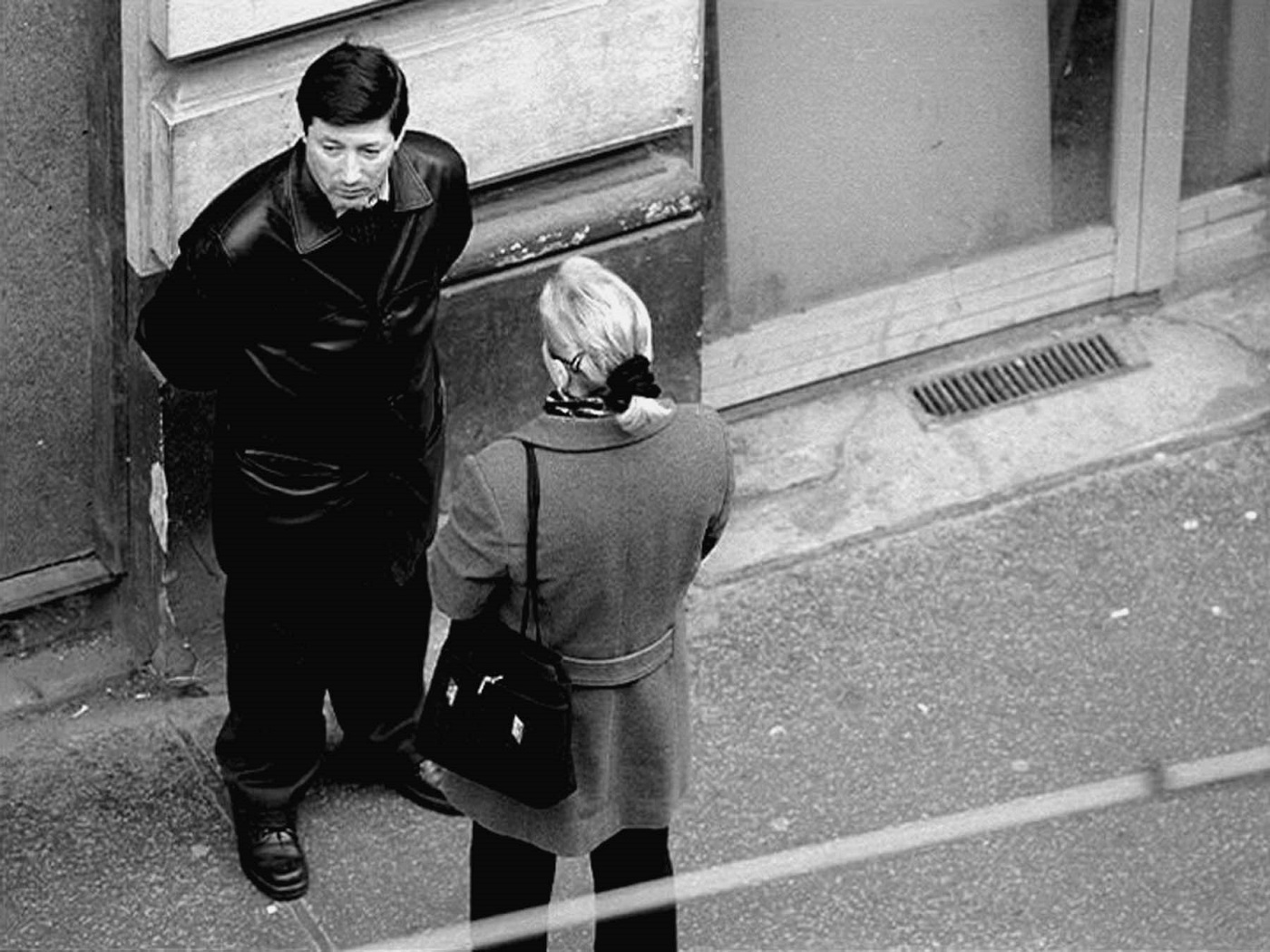

A subtle game with the viewer's attention begins, because what happens every day on the street and among passers-by seems to be subject to invisible control. Gradually everything comes to a crescendo towards an unforeseeable event. What moves people so purposefully through the streets? How does the human will work and how does it find its direction?
While the Viennese street scene is already experiencing hectic processes and threatening background noise, the author suddenly appears at the window and admits to the fiction of the video. Is it all just based on a simple error, on the English reading of a Viennese shop sign for “Wurst & Käse” (sausage and cheese)?
Shot over the course of a week from a window overlooking the scene, “Worst Case Scenario” explores the ambiguities of the images. The film develops themes that focus on observing and being observed, distance and uncomfortable closeness. As the static world of the photographs gradually comes to life, the soundtrack opens up another, invisible space and an increasingly unlikely chain of events and relationships begins to unfold.
Exhibition
Looking for Humanity
14.05.2023 -
24.09.2023
The world is in a fragile state. As a result, the constant negotiation between art and life, between political activities and their results, is becoming more and more a topic for the art of our time: How do we want to live in the future? How and where do we go in search of humanity?
The exhibition presents international positions from photography, video art and installations that are currently involved in the debate about power and the effects of power, and artists who take a stand in terms of responsible humanity.
Art's power lies in blurring boundaries, redistributing relationships between spaces and times, between reality and fiction. Artists ask questions and "question", they explore physical, emotional and aesthetic boundaries and thus also target the practices and logics of political action itself. It is about the fragility of representative bodies and the limits of parliamentary democracy, about war and peace, about freedom and humanity. The focus is on personal commitment, which consequentially turns against a policy that propagates segregation and exclusion.
The works in the exhibition “Looking for Humanity” can be read as seismographs of present-day political activity and invite people to confront the questions of the future that concern us as human beings.
Artists: Yael Bartana, Pauline Boudry/Renate Lorenz, Sergey Bratkov, Chto Delat, Johanna Diehl, Jonas Englert, Jochen Gerz, Manaf Halbouni, Robert Kunec, Anna Malagrida, Cemile Sahin, Nasan Tur, Silke Wagner, Tobias Zielony
Supported by:

Exhibition
Monika Huber
Archive OneThirty
07.03.2023 -
25.06.2023
Eine Minute und dreißig Sekunden. Das ist die durchschnittliche Länge eines Beitrags in einem Nachrichtenblock wie in den "Tagesthemen" oder dem "Heute Journal". Monika Huber erstellt seit Anfang 2011, mit dem Beginn des „Arabischen Frühlings“, ein digitales Archiv aus Nachrichtenbildern - das Archiv Einsdreissig.
Es dokumentiert den weltweiten politisch-gesellschaftlichen Wandel in seiner medialen Spiegelung und bildnarrativen Konstruktion.
Als Langzeitdokumentation konzipiert, umfasst es derzeit etwa 40 000 Fotografien. Aus diesen hat Huber Bilder ausgewählt, sie durch Übermalung oder Überzeichnung bearbeitet oder in ein Video transformiert.
Dabei greift die Künstlerin die gewöhnlich in der täglichen Nachrichtenflut untergehenden Bilder auf, um sie mittels Bearbeitung neu sichtbar, erfahrbar und reflektierbar zu machen. Die von ihr ausgewählten Medienbilder zeigen immer wieder Menschen als protestierende und revoltierende Akteure, als Subjekt und Objekt politisch-öffentlicher, oft gewaltsamer und kriegerischer Ereignisse.
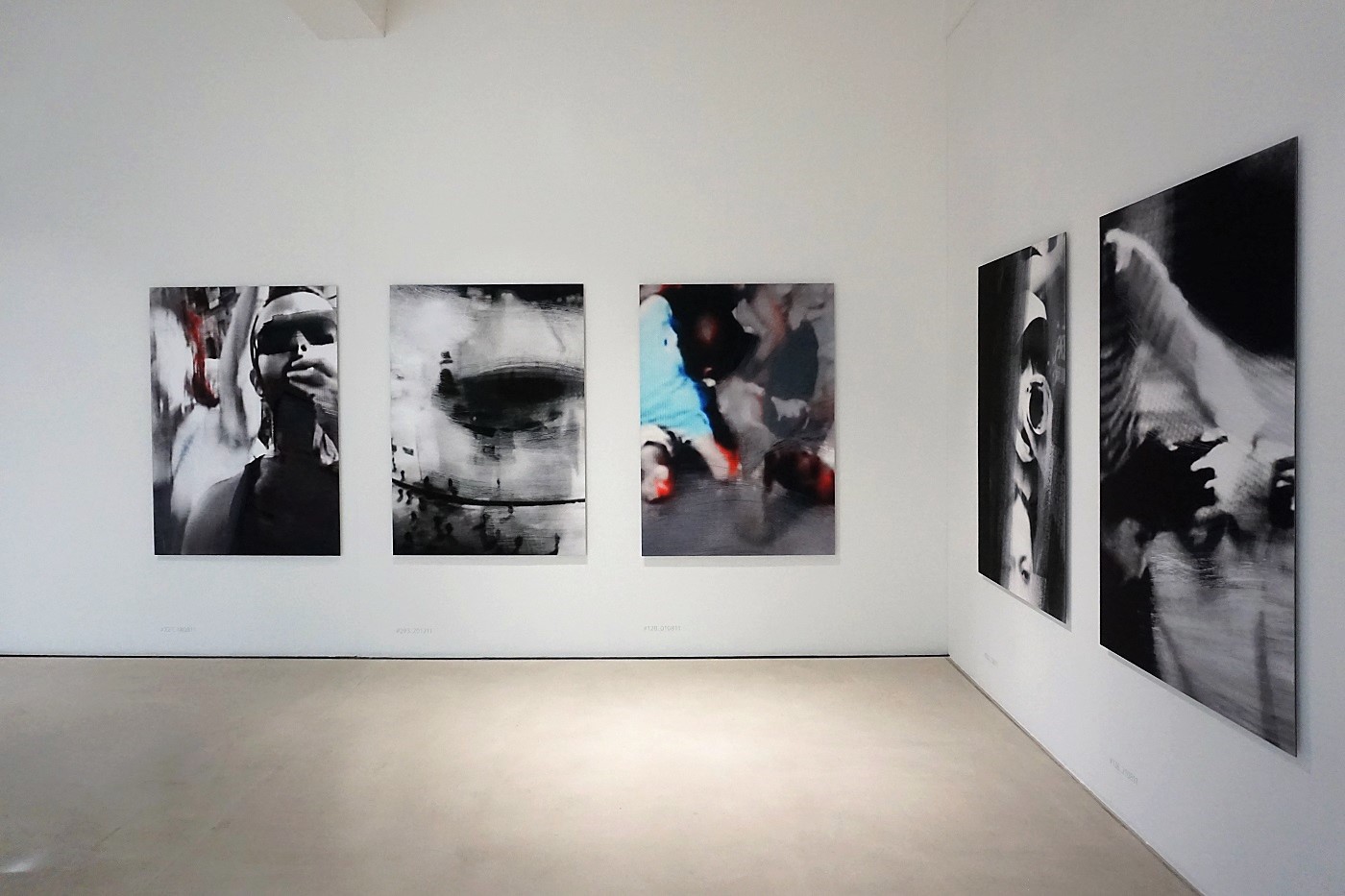
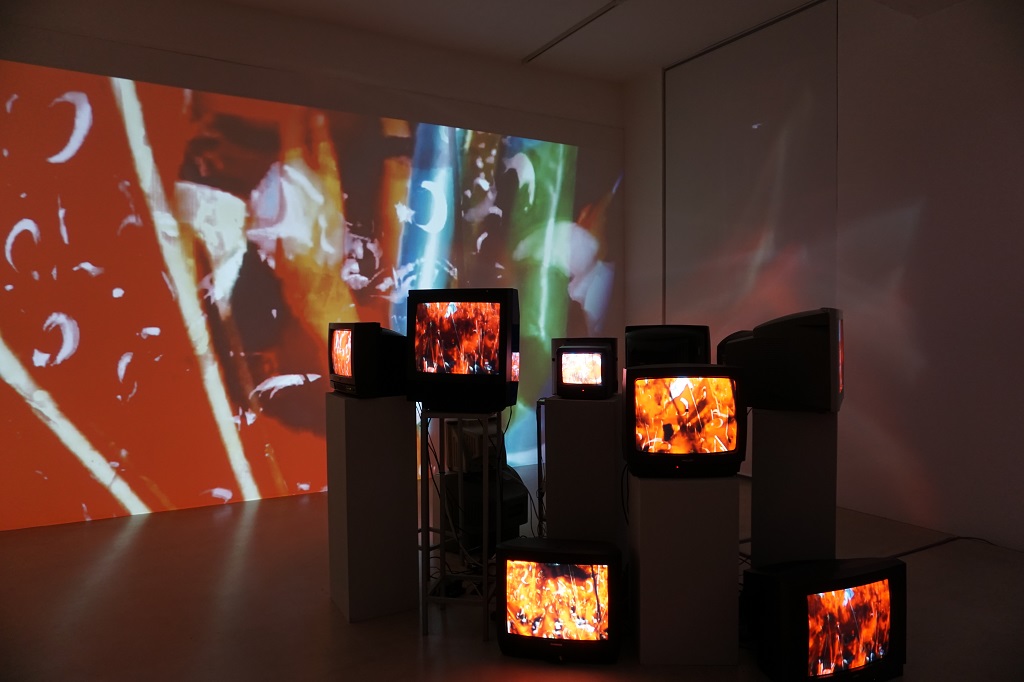
Monika Huber studierte Malerei an der Akademie der Bildenden Künste München bei Günter Fruhtrunk. Sie schloss 1985 das Studium mit dem Meisterschülerdiplom für Malerei und Grafik ab. Ihre Arbeiten werden seit 1983 in zahlreichen Galerie-Ausstellungen, Museumspräsentationen, architekturbezogenen Installationen und öffentlichen Interventionen gezeigt. Monika Huber lebt und arbeitet in München.
Die Ausstellung wird gefördert von:

Publikation zum Archiv Einsdreissig:
Monika Huber - Archiv Einsdreissig
Hrsg. Monika Huber
Text dt.: Ernst van Alphen, Mieke Bal, James W. Davis, Antje Kapust, Ute Schaeffer, Ulrich Wilmes, Vorwort: Bernhart Schwenk
192 S., zahlreiche Farbabb., Softcover
Deutscher Kunstverlag
ISBN 978-3-422-80081-6 (deutsche Ausgabe)
ISBN 978-3-422-80085-4 (englische Ausgabe)
Preis: 48,00 Euro
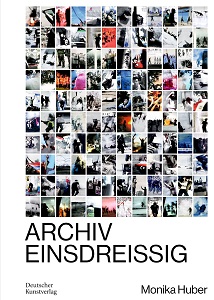
Exhibition
Zandile Tshabalala
In search of my mother’s garden
10.07.2022 -
31.10.2022
Zandile Tshabalala's paintings tell stories of lightness, strength and self-confidence - of women like her in the 2020s: young and black.

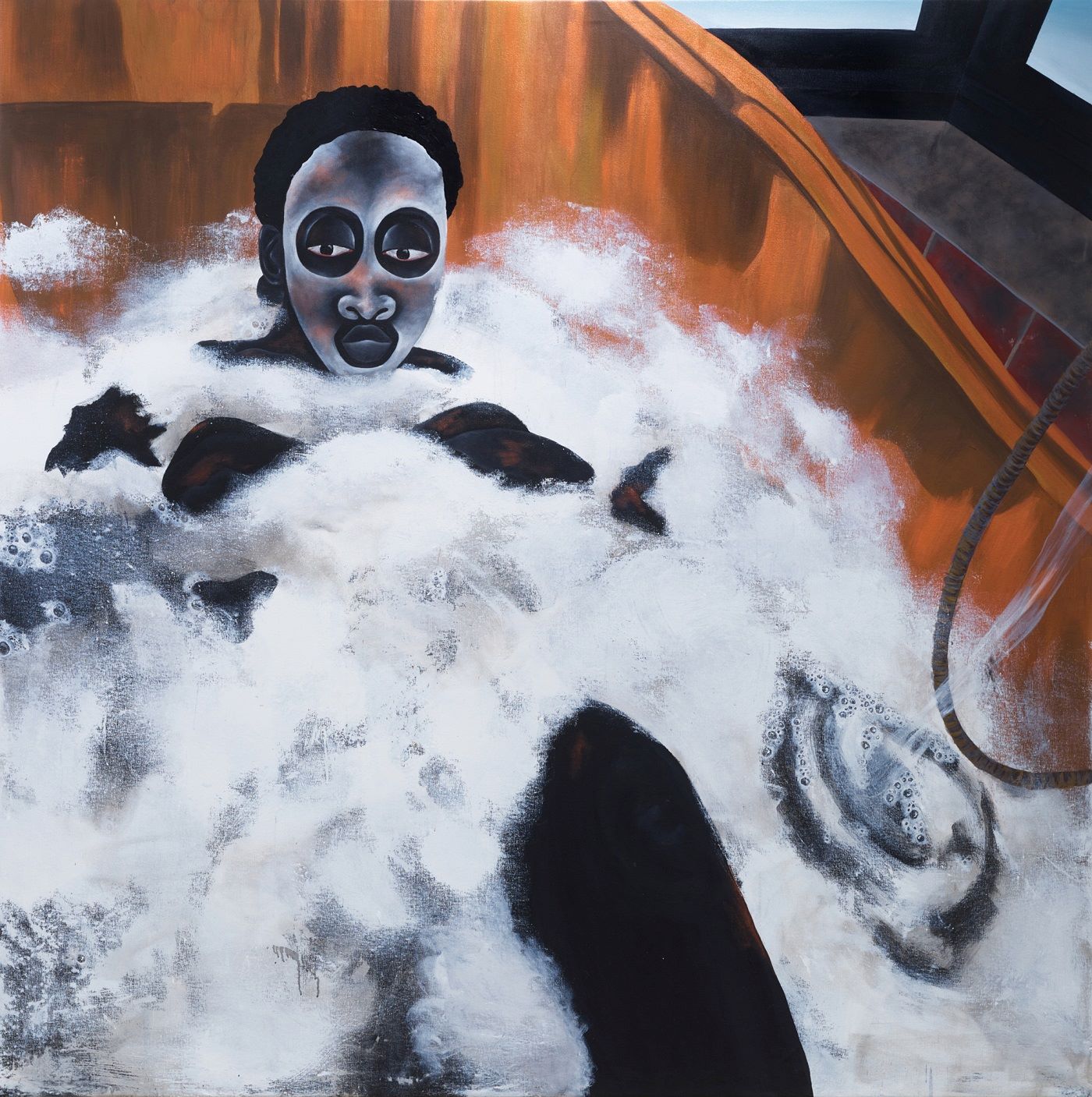
The strong presence of her characters, whether relaxed reading, fooling around with friends or in intimate situations, shows an impressive sense of questioning the often-used narrative about African women.
Zandile Tshabalala's paintings tell stories of lightness and self-confidence - of women like her in the 2020s: young and black. Her figures look at us with an open and confident gaze.
The South African artist belongs to a new generation that has discovered and reinterpreted figurative painting as an opportunity of human expression for themselves. Based on her own self-determination, she creates self-images of women who celebrate their black identity and deviate from the usual narrative about black women.
Tshabalala's characters are colourful, powerful interpretations of her everyday reality. She frequently contrasts deliberately placed primary colours with the deep black, flat, hardly developed faces of the figures and testify to a rarely seen, spontaneous, free and refreshing approach to colour.
Zandile Tshabalala (born 1999) lives and works in Soweto, Johannesburg, South Africa. In 2021 she received the Kaiserring grant from the Mönchehaus Museum Goslar. Her works have been seen in exhibitions in South Africa, Ghana, Nigeria, Great Britain and Germany.
The exhibition is supported by:

Catalogue:
Zandile Tshabalala
Edited by Bettina Ruhrberg, Annegret Laabs
Text germ./engl.: Bettina Ruhrberg, Annegret Laabs, Naïla Opiangah, with an interview with Zandile Tshabalala by Khanyisile Mawhayi
Translation: Josephine Cordero Sapién
106 p., numerous illustrations, softcover
VfmK Verlag für moderne Kunst GmbH
ISBN 978-3-903439-38-2
Price: 24.00 Euro
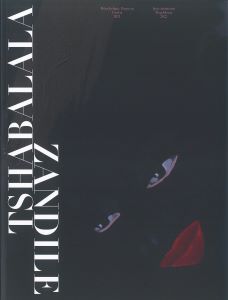
Exhibition
Susan Meiselas
Mediations
18.10.2022 -
29.01.2023
Als die Fotografin Susan Meiselas 1979 in Nicaragua den Auslöser ihrer Kamera drückte und einen Mann einfing, der in der linken Hand das Gewehr, mit der rechten einen Molotow-Cocktail warf, schuf sie ein Kultbild der Revolution, das über die Jahrzehnte zu einem internationalen Symbolbild gegen Unterdrückung geworden ist, fest verankert im kollektiven Bildgedächtnis unserer Zeit und massenhaft reproduziert.
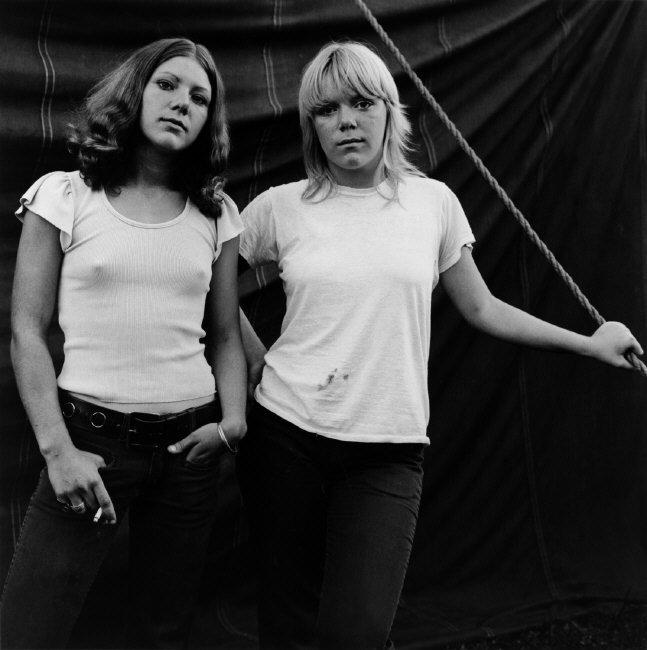
Susan Meiselas, die 1948 in Baltimore, Maryland geboren wurde, ist bekannt für ihren einzigartigen dokumentarischen Stil und ihre visuelle Form der Erzählung, in der sie Fotografie-Serien mit Interviews, handgemachten Büchern, Projektionen und Archivmaterialien zusammenführt.
Die Ausstellung zeigt das in den letzten 50 Jahren entstandene Werk der Fotografin, die seit 1976 bei der Fotoagentur Magnum unter Vertrag, eine der wenigen Frauen ist, die in den Krisen und Kriegsregionen der Welt unentwegt unterwegs war.
Von Porträts aus den 1970er Jahren, in denen sie die Ungleichheit der Lebensrealitäten in den USA dokumentiert, über intime Aufnahmen von Stripperinnen bis zu ikonisch gewordenen Bildern aus Krisen- und Konfliktgebieten reicht die Bandbreite ihrer Arbeit. Mit ihren Fotoserien, die sie nicht selten als Langzeitstudien anlegt, umfasst die US-Amerikanerin ein breites Spektrum an Themen und erzeugt Aufmerksamkeit für Minderheiten und weltweite kriegerische Auseinandersetzungen, wie die Revolution in Nicaragua gegen die Militärdiktatur der Somoza, den Bürgerkrieg in El Salvador oder den Völkermord an der kurdischen Bevölkerung im Nordirak unter dem Regime von Saddam Hussein.
Die Ausstellung Susan Meiselas „Mediations“ wurde erstmals 2018 im Jeu de Paume, Paris, später in Barcelona, Wien und zuletzt im C/O Berlin gezeigt. Sie umfasst rund 600 Fotografien und Video-Installationen aus den 1970er-Jahren bis heute und entstand in Zusammenarbeit mit Magnum Photos und C/O Berlin.
In Zusammenarbeit mit:

Die Ausstellung wird gefördert von:
